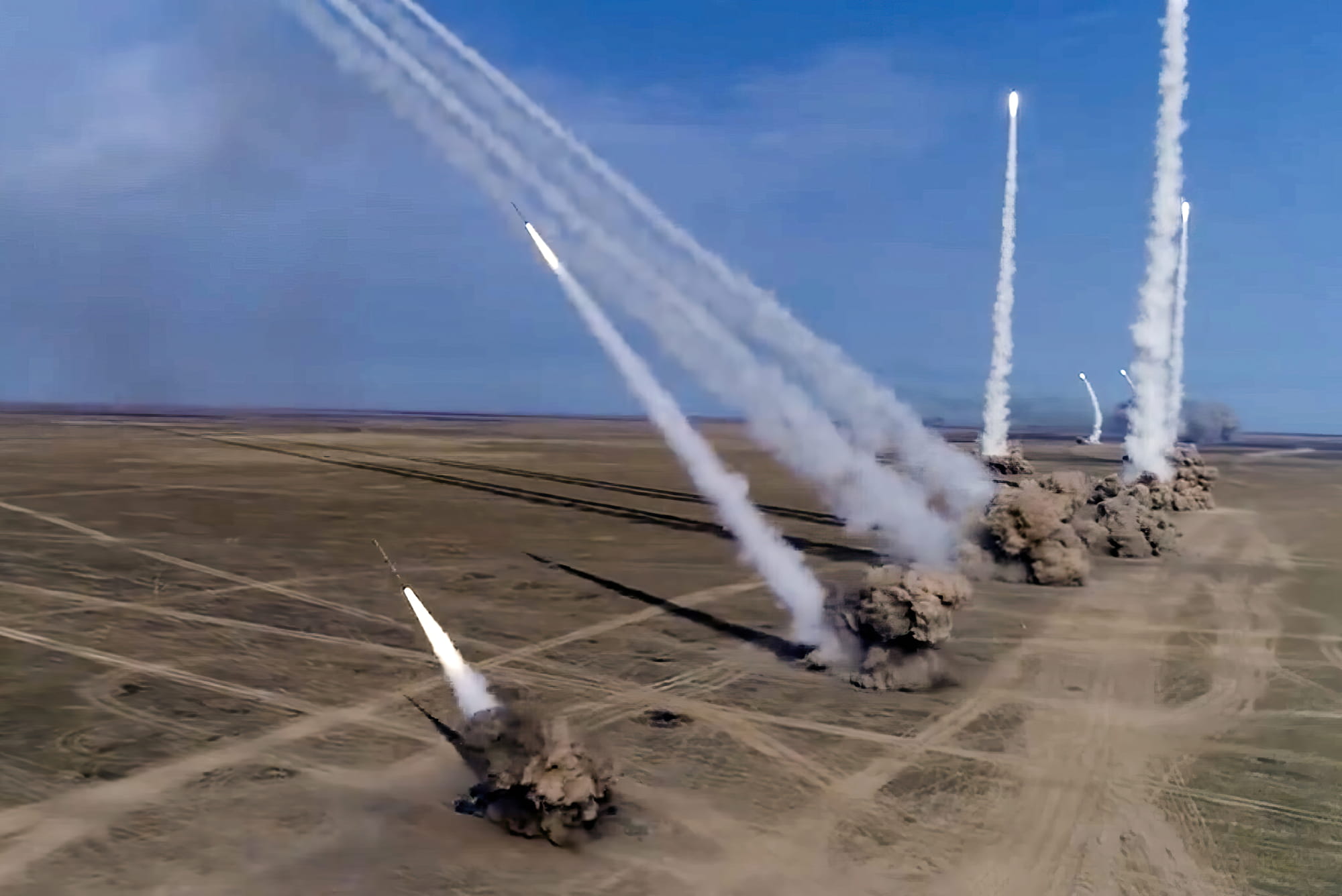Automation In Nike Sneaker Production: Progress And Limitations

Table of Contents
Advancements in Automated Sneaker Manufacturing
The integration of automation technologies is revolutionizing Nike's production capabilities, leading to significant improvements in efficiency, precision, and overall output.
Robotics in Assembly and Production
Robotic arms are becoming increasingly prevalent in Nike's factories and those of its suppliers, taking on tasks previously performed by human workers. These advanced machines handle intricate processes such as stitching, gluing, and attaching soles with remarkable precision and speed. While specific robotic systems used by Nike are often kept confidential for competitive reasons, the industry widely employs robots from companies like ABB and Fanuc. This automation translates to several key benefits:
- Increased output: Robotic systems operate continuously, significantly increasing production volume compared to manual labor.
- Reduced human error: Robots perform repetitive tasks with consistent accuracy, minimizing errors and defects.
- Consistent product quality: Automation ensures a uniform level of quality across all sneakers, enhancing brand reputation.
- Faster production cycles: Automated processes accelerate the entire production timeline, allowing for quicker responses to market demands.
3D Printing and Additive Manufacturing
Nike is actively exploring and implementing 3D printing, also known as additive manufacturing, to revolutionize its sneaker production. This technology is particularly promising for creating midsoles and outsoles, offering unparalleled customization opportunities. The advantages are substantial:
- Personalized footwear: 3D printing enables the creation of highly customized sneakers tailored to individual foot shapes and preferences.
- Sustainable manufacturing: Additive manufacturing reduces material waste by only producing the necessary amount of material, minimizing environmental impact.
- Design innovation: 3D printing allows for complex and intricate designs that would be impossible to create using traditional methods.
- Potential for on-demand production: In the future, 3D printing could enable Nike to manufacture shoes on demand, reducing inventory costs and eliminating the need for large-scale production runs.
However, 3D printing currently faces limitations in mass production due to its speed and cost. Scaling up 3D printing to meet the demands of a global brand like Nike remains a significant hurdle.
AI-Powered Quality Control
Artificial intelligence is transforming quality control in Nike's factories. AI-powered inspection systems analyze images and data to identify defects with unparalleled speed and accuracy. This advanced technology significantly reduces the need for manual quality checks, improving efficiency and ensuring consistent product quality. While specific AI systems used by Nike are not publicly disclosed, the application of machine vision and deep learning is widespread in the industry. The benefits include:
- Improved product quality: AI identifies even minor defects that might be missed by human inspectors.
- Reduced waste: Defective products are identified early in the process, reducing material waste.
- Faster inspection times: AI-powered systems drastically reduce the time required for quality inspections.
- Consistent standards: AI ensures uniform quality standards across all production lines.
Limitations and Challenges of Automation in Sneaker Production
While automation offers many advantages, it also presents several challenges that Nike must address.
High Initial Investment Costs
Implementing automation technologies requires a substantial upfront investment. The cost of robotic systems, AI-powered software, and 3D printers is significant, creating a high barrier to entry for smaller manufacturers. This necessitates careful consideration of return on investment (ROI) before undertaking such projects:
- Expensive equipment: The cost of purchasing and installing automated equipment is substantial.
- High implementation costs: Integrating new systems into existing production lines requires significant time and resources.
- ROI considerations: Companies must carefully evaluate the long-term economic benefits of automation to justify the initial investment.
Job Displacement Concerns
The increasing adoption of automation raises concerns about potential job displacement in Nike's factories. The transition to automated systems may lead to job losses in manual labor roles. Addressing this challenge requires proactive strategies:
- Job losses in manual labor: Automation will inevitably lead to a reduction in the need for certain manual labor roles.
- Need for reskilling programs: Nike and other companies need to invest in reskilling and upskilling programs to prepare workers for new roles within the automated manufacturing environment.
- Ethical considerations: Companies must address the ethical implications of automation and ensure a just transition for affected workers.
Complexity and Integration Challenges
Integrating different automated systems into a seamless and efficient production line is a complex undertaking. Compatibility issues between various systems can arise, requiring sophisticated software and programming solutions:
- System integration complexities: Connecting and coordinating diverse automated systems requires specialized expertise and careful planning.
- Software development challenges: Developing and maintaining the software necessary to control and manage automated systems is a significant challenge.
- Maintenance requirements: Automated systems require ongoing maintenance and repairs, adding to the overall cost.
Maintaining Flexibility and Adaptability
Automated systems can struggle to adapt to changing designs and production demands. Nike's frequent introduction of new sneaker models and styles necessitates flexible automation solutions:
- Difficulty in adjusting production lines: Re-configuring automated systems to accommodate new designs can be time-consuming and expensive.
- Need for adaptable systems: Future automation solutions will require greater flexibility and adaptability to respond effectively to market changes.
- Responsiveness to market trends: Automation systems must be able to quickly adapt to changes in consumer demand and fashion trends.
The Future of Automation in Nike Sneaker Production
Automation in Nike sneaker production presents a compelling paradox: a future of increased efficiency and innovation alongside challenges in job displacement and investment. The key lies in strategically balancing technological advancements with a commitment to social responsibility. Further innovation in sustainable automation practices and the development of more sophisticated AI systems will be crucial in optimizing production processes and mitigating the potential negative consequences. The future will likely involve a collaborative approach, integrating human expertise with the capabilities of automated systems.
To learn more about the fascinating intersection of technology and the footwear industry, we encourage you to further research the topic of automation in Nike sneaker production and its broader implications. Explore resources on robotic process automation, additive manufacturing in footwear, and the ethical considerations of automation in the manufacturing sector. Understanding the complexities and potential of this technology is crucial for navigating the evolving landscape of sneaker production and the future of manufacturing as a whole.

Featured Posts
-
 Sweden And Finlands Military Integration Examining The Pan Nordic Defense Strategy
Apr 22, 2025
Sweden And Finlands Military Integration Examining The Pan Nordic Defense Strategy
Apr 22, 2025 -
 Google Faces Doj In Court Renewed Battle Over Search Monopoly
Apr 22, 2025
Google Faces Doj In Court Renewed Battle Over Search Monopoly
Apr 22, 2025 -
 Top Chinese Indonesian Officials Strengthen Security Ties
Apr 22, 2025
Top Chinese Indonesian Officials Strengthen Security Ties
Apr 22, 2025 -
 La Landlord Price Gouging A Selling Sunset Star Speaks Out After Recent Fires
Apr 22, 2025
La Landlord Price Gouging A Selling Sunset Star Speaks Out After Recent Fires
Apr 22, 2025 -
 Deadly Russian Air Strikes On Ukraine Us Peace Efforts Intensify
Apr 22, 2025
Deadly Russian Air Strikes On Ukraine Us Peace Efforts Intensify
Apr 22, 2025
